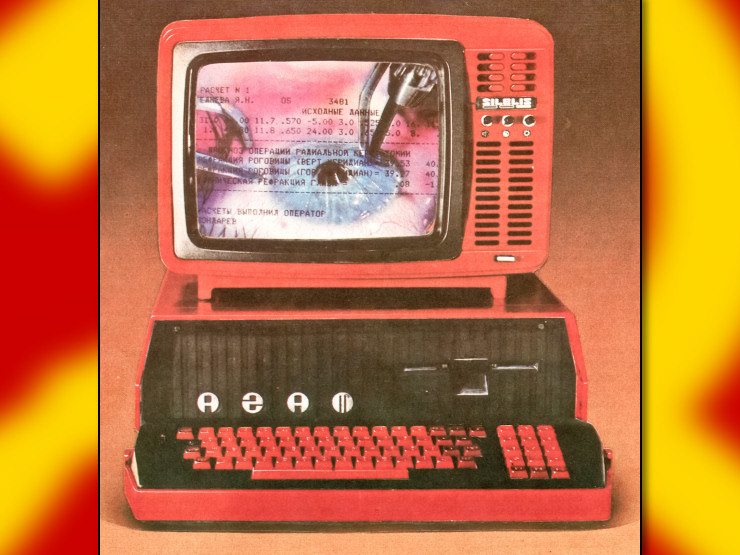Wish me luck. I’m a little unsure if it’ll work well. I have an ancient GPU (Nvidia GTX 970) and hope it’ll be compatable.
Processor AMD Ryzen 5 1600 Six-Core (12 CPUs) Processor 3.20 GHz
Installed RAM 32.0 GB
Graphics Card NVIDIA GeForce GTX 970 (4 GB) (actually 3.5GB due to hardware defect)
BaseBoard Manufacturer ASRock
BaseBoard Product AB350 Pro4
This system is getting old; nearly a decade here. Pretty soon I have to start thinking about upgrading. At a minimum, I should try and upgrade the video card when I can.


My brother still uses a 970 on Fedora. Anything Nvidia has made since 2014 is supported by the modern driver.
Oh awesome. I actually have two 970s but when I bought my mobo a decade ago I didn’t check if it supported SLI. Anything fun I might be able to do with that spare GPU in the case on Linux?
With SLI you are limited to the amount of video memory present on one card. Because the 970 is already bottle-necked by memory, there is no point of trying this.
There might be some applications where you can put both cards to use. A second card can be “passed through” to a virtual machine (assuming the CPU / motherboard has the required features). This has the drawback that you need a second physical display to see the VM output though, and configuring the whole thing is not easy. There are also provisions in the Vulkan API for applications to make use of multiple GPUs, but this is pretty advanced functionality which the vast majority of applications don’t touch at all. It is not the kind of thing which unlocks extra performance for free. You won’t see any benefit unless someone wrote a few thousand lines of low level Vulkan API code to use this to implement a specific algorithm. Something where paying the round-trip cost of getting data from system RAM onto the GPU, then back into system RAM from the GPU for further processing is worth it. Useless for games, but possibly useful in off-line simulations or bulk video processing.